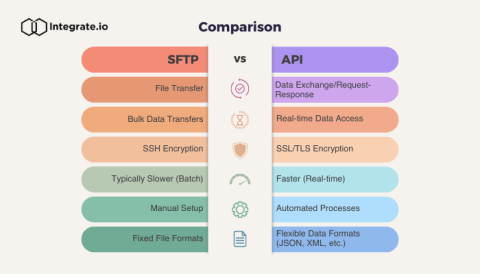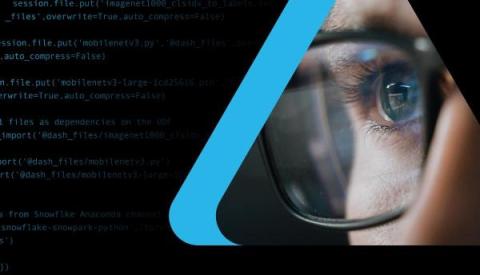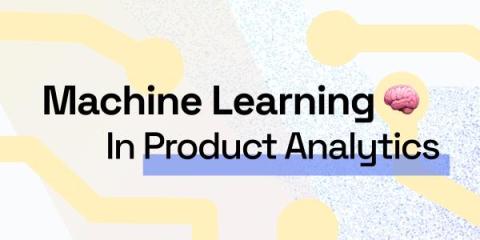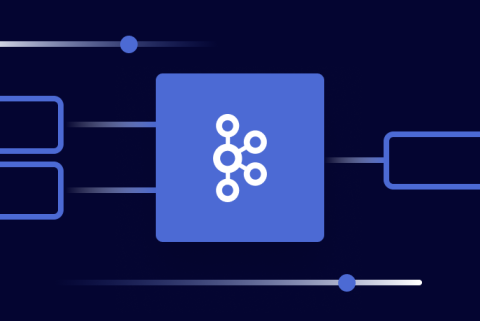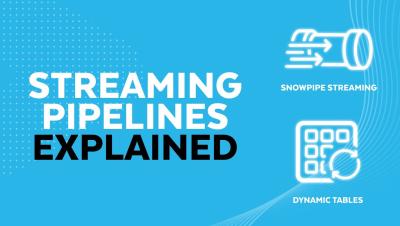Systems | Development | Analytics | API | Testing
Analytics
How Financial Services and Insurance Streamline AI Initiatives with a Hybrid Data Platform
With the emergence of new creative AI algorithms like large language models (LLM) fromOpenAI’s ChatGPT, Google’s Bard, Meta’s LLaMa, and Bloomberg’s BloombergGPT—awareness, interest and adoption of AI use cases across industries is at an all time high. But in highly regulated industries where these technologies may be prohibited, the focus is less on off the shelf generative AI, and more on the relationship between their data and how AI can transform their business.
Sprint2Cloud: A Quicker Way to Get Through Cloud Migrations
In today’s high-velocity digital arena, businesses are thrust into the whirlwind of global events, rapid technological advancements, and the incessant push for innovation. Yet, amidst the tempest of mergers, digital acceleration, and shifting tech paradigms, charting a confident path towards cloud migration can be daunting.
SFTP vs. API: How to Determine Which Is Best for You
Securely Connect to LLMs and Other External Services from Snowpark
Snowpark is the set of libraries and runtimes that enables data engineers, data scientists and developers to build data engineering pipelines, ML workflows, and data applications in Python, Java, and Scala. Functions or procedures written by users in these languages are executed inside of Snowpark’s secure sandbox environment, which runs on the warehouse.
Leveraging Machine Learning in Product Analytics for Enhanced Insights and Actionability
Product analytics traditionally hinged on examining user interactions to extract actionable insights. The integration of machine learning (ML) has elevated this process, enriching our understanding and our ability to predict future trends. Let's unfold how ML integrates into product analytics and the transformative advantages it introduces.
How to Run Apache Kafka on Windows
Is Windows your favorite development environment? Do you want to run Apache Kafka® on Windows? Thanks to the Windows Subsystem for Linux 2 (WSL 2), now you can, and with fewer tears than in the past. Windows still isn’t the recommended platform for running Kafka with production workloads, but for trying out Kafka, it works just fine. Let’s take a look at how it’s done.





